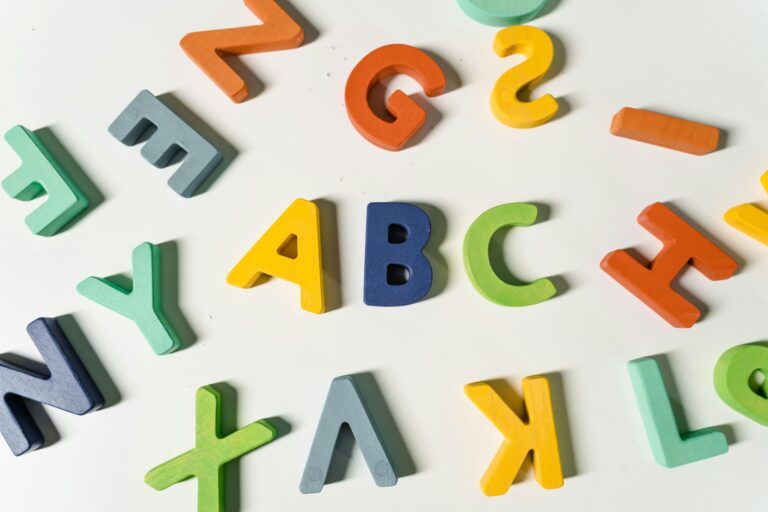By Shannon at the Southern Schoolhouse
In education, the term “data” is often heard throughout the day. In the exceptional children’s (EC) world, “data” is especially emphasized when discussing students involved in the referral process, reevaluations, annual IEPs (Individualized Education Programs) and behavior intervention plans (BIPs). Data is the process of collecting, organizing, and analyzing information about students’ performance, behavior, and engagement over time. This article will focus on how to create a daily data collection sheet for students with a BIP.
For a student with a BIP, I conduct a review every 6-8 weeks. This meeting is vital because it provides the team—including parents—with insights into a student’s progress, including the percentage of positive outcomes toward targeted goals, trends identified in the data, and the strategies implemented based on that data.
Once the targeted behavior has been identified, it’s important to pinpoint the area of greatest need. For example, if a student struggles with non-compliance, a common goal might be for the student to follow the teacher’s directions with no more than two reminders. Non-compliance often leads to other issues, such as not staying in their designated space (within the classroom) or even aggression. From this collected data, we can create a data collection sheet.
A sample data sheet might be divided into segments representing different parts of the day—typically the transitions throughout the day. Each segment will include the behaviors being monitored. The goal is to make the data collection process simple and efficient, keeping in mind how busy teachers are. If the student does not meet the behavioral goal during a particular time period, the teacher marks an “X” or any other designated symbol. A short note may also be added to provide context or explanation.

This data is collected daily, and at the end of each week what will you be able to see?
- Percentages of goal achievement
- Identify patterns, (specific times of the day when behaviors tend to escalate subject areas when behavior is heightened.
- Which strategies under the areas are working and which need to be reflected on.
- Notes provided are crucial in identifying interactions and activities that may overstimulate the child.
Data collection serves many purposes, but perhaps the most important is that it reveals trends that can guide the development of strategies to support the student during challenging times.
- For example, if recess emerges as a “red flag” area, with issues occurring during mostly the second half of the 30-minute period, the teacher might split recess into two 15-minute breaks at different points during the day. If the period right after lunch and before math is difficult, a 15-minute outdoor break immediately following lunch may help with de-escalation, potentially improving the student’s behavior during the 30-minute math session. To address this, the student might also receive resource services during the usual recess time, joining peers for the final 15 minutes.
After several weeks of collecting data, you should notice a decline in behaviors during these targeted times if the strategies are working. However, this does not mean that monitoring should stop. The strategies need to be regularly adjusted to maintain progress. One strategy may work for a while but then need to be adjusted.
**This article provides a brief overview of data collection in behavior management. We will explore this topic in more detail in future posts. As always, we appreciate hearing your thoughts and feedback.








